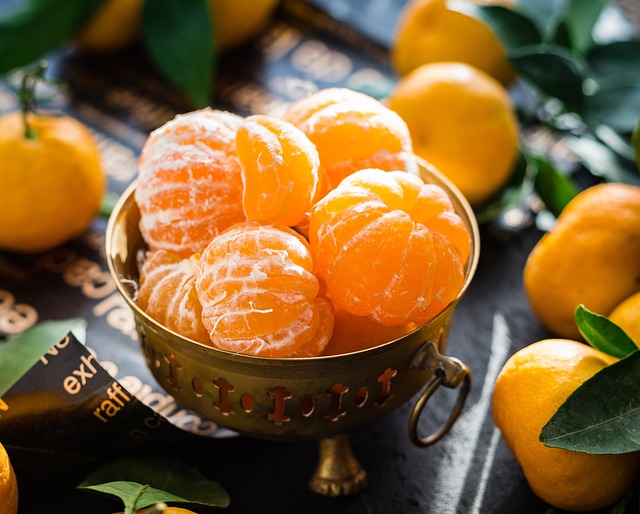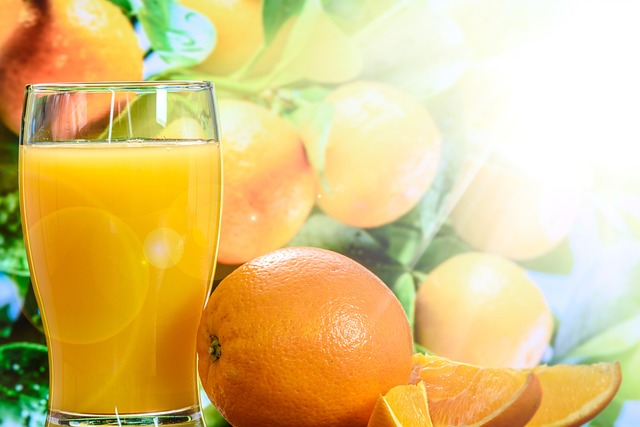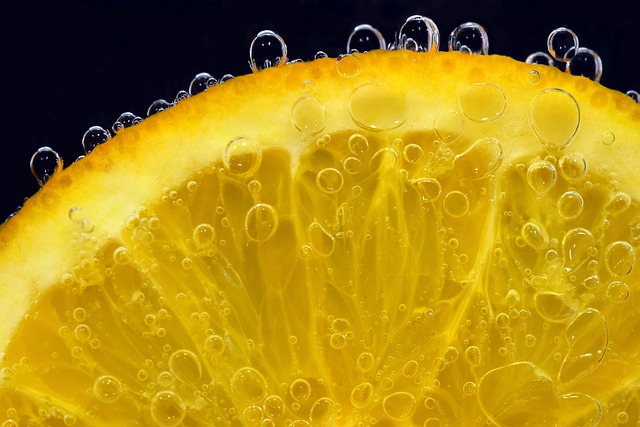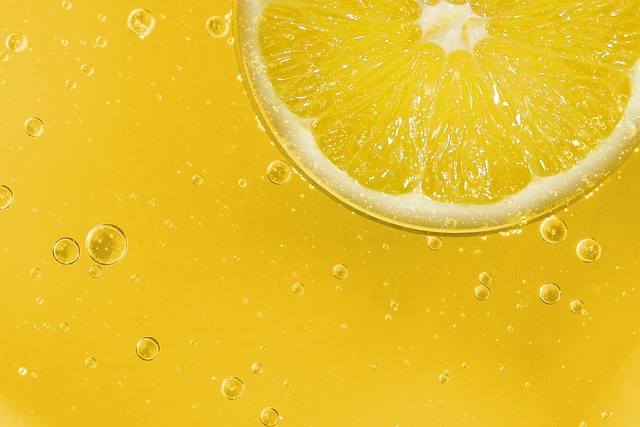The Pioneer Strains: Exploring the Ancient Origins of Probiotic Cultures
Probiotics have gained popularity in recent years, thanks to their numerous health benefits. These live microorganisms, when consumed in adequate amounts, can provide a range of advantages for our gut health. But have you ever wondered where these pioneer strains come from? Let’s delve into the ancient origins of probiotic cultures and uncover their fascinating history.
The Beginnings of Probiotics
The concept of probiotics is not a new one. In fact, the use of fermented foods and beverages containing beneficial bacteria dates back thousands of years. Ancient civilizations, such as the Egyptians, Greeks, and Romans, recognized the importance of these foods for promoting digestion and overall well-being.
One of the most well-known fermented products from ancient times is yogurt. Yogurt has been consumed for centuries in various cultures around the world, including India, Persia (now Iran), and Bulgaria. These traditional yogurts were made by allowing milk to ferment with naturally occurring bacteria, such as Lactobacillus bulgaricus and Streptococcus thermophilus, which are still used in yogurt production today.
Similarly, ancient Chinese societies had their version of probiotic-rich foods. They developed a fermented milk-like beverage called kumis, made from mare’s milk, with the help of lactic acid bacteria strains. Kumis played a crucial role in their diet and was believed to have numerous health benefits.
Eastern Cultures and Fermented Foods
Eastern cultures have long embraced the idea of fermenting foods to preserve them and enhance their nutritional value. In Japan, for example, miso, a fermented soybean paste, has been a staple for centuries. Miso contains various strains of beneficial bacteria, including species like Bacillus subtilis and Lactobacillus plantarum.
Another popular fermented food in Japan is natto, made from soybeans fermented with Bacillus subtilis var. natto. Natto has a distinctive flavor and texture and is known for its high vitamin K2 content, which supports bone health.
Korea also has a rich tradition of fermented foods. Kimchi, a staple side dish in Korean cuisine, is made from fermented vegetables, such as cabbage or radishes. The fermentation process involves lactic acid bacteria, including types like Lactobacillus kimchii and Lactobacillus brevis, which contribute to the tangy flavor and probiotic properties of the dish.
Exploring European Fermented Delights
Moving to Europe, we find a treasure trove of fermented foods that have been part of various regional diets for centuries. Sauerkraut, a fermented cabbage dish popular in Germany, is rich in healthy bacteria such as Leuconostoc mesenteroides and Lactobacillus brevis. The fermentation process not only gives sauerkraut its characteristic taste but also increases its nutritional value.
In Scandinavia, fermented fish, such as Swedish surströmming and Norwegian rakfisk, have been consumed for generations. Despite their strong aroma, these delicacies provide beneficial bacteria like Pediococcus species and are highly regarded in their respective cultures.
Modern Advances in Probiotic Cultures
While ancient cultures unknowingly used probiotics to improve health, it wasn’t until the early 20th century that scientists identified and isolated specific strains of bacteria responsible for these benefits. Ilya Mechnikov, a Russian scientist, is often referred to as the “father of probiotics” for his groundbreaking research on the role of beneficial bacteria in the gut.
Since Mechnikov’s pioneering work, scientists have continued to identify and study various strains of bacteria and yeast with probiotic potential. Today, probiotics are available in convenient forms such as capsules, powders, and fortified foods, allowing people to easily incorporate them into their daily routines.
Conclusion
As we unravel the ancient origins of probiotics, it becomes clear that humans have recognized the benefits of beneficial bacteria for thousands of years. From the fermented foods of ancient civilizations to the modern probiotic supplements of today, the quest for better gut health has remained constant. So, the next time you enjoy a serving of yogurt or sauerkraut, remember that you’re continuing a tradition that has spanned centuries!







